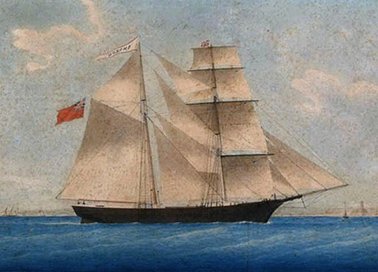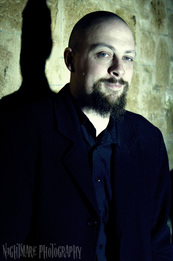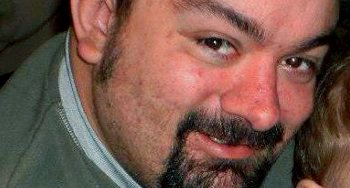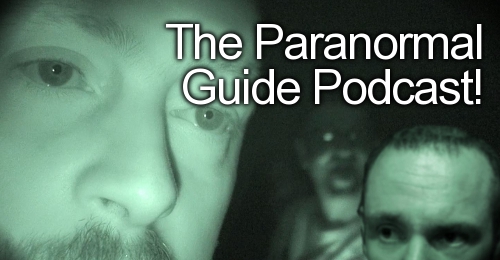
November 5, 1872
 Brigantine 'Amazon' before being named 'Mary Celeste'
Brigantine 'Amazon' before being named 'Mary Celeste' Many thought the ship was cursed, having had one captain die, and having run aground several times, but that was the least of Captain Benjamin Briggs’ worries, who had to ensure the cargo of alcohol got to Italy intact.
Briggs set sail with his wife, child and crew... and was never seen again.
On 4th December the Mary Celeste was found abandoned, unmanned off the coast of Portugal. Some sails were torn, two pumps disassembled (there was some water below decks, but not enough to put fear of the boat going under), the ships papers were missing, except the captains log book, the clock was broken, as was the compass. The lifeboat was missing, along with a length of rope, another found snapped and trailing behind the ship. The cargo of alcohol was intact, though nine barrels were empty.
Many theories abound as to what happened on this 'cursed' ship. From drunkenness, to mutiny and even piracy were all put forward. The most accepted theory is that some of the barrels of alcohol leaked vapour, and with fear of an explosion or fire, the captain gathered his family and crew on the lifeboat, and trailed behind the ship – the rope snapping and the unfortunates drifting off into oblivion.
November 8, 1847
 Bram Stoker
Bram Stoker He was a recognised athlete at the Trinity College of Dublin, where he also excelled at mathematics, getting him a job as the auditor of the College Historical Society.
He took an interest in the theatre and became a theatre critic, writing reviews for the Dublin Evening Mail. He became friends with the co-owner of the Mail, Joseph Le Fanu, who was also an author of 'Gothic tales'. Stoker wrote several stories, though none of these would gain him as much success as his 1897 novel 'Dracula'.
November 9, 1971
 John List, his wife Helen, 45 and his children — Patricia, 16, John, Jr., 15, and Frederick, 13
John List, his wife Helen, 45 and his children — Patricia, 16, John, Jr., 15, and Frederick, 13 During the day he had closed the family’s bank accounts, stopped the family’s mail and newspaper deliveries, and then sent notes to family and friends stating they would be away for several weeks.
The bodies were placed on sleeping bags and arranged in the homes ballroom, in some sick semblance of a slumber party (his mother was left in the attic bedroom). He turned on the lights, cleaned all of the rooms, switched to a religious station on the radio, and left.
The dead family was not found for nearly a month, but soon after became one of New Jersey’s most notorious crimes and investigations. Although hundreds of leads were followed, the trail was cold. Although List’s car was found at the Kennedy Airport, he had never boarded a plane. His whereabouts were a complete mystery.
Due to the horrific murders and his disappearance, List was commonly referred to as 'The Bogeyman of Westfield'.
A break in the case came nearly 18 years later when America's Most Wanted ran a story on the murders. The story included a clay bust of John List as he may look at the time, with age progressed features. A man in Richmond, Virginia, recognised the features of the clay bust as being identical to his neighbour. List was arrested two weeks later. He was using the name Robert Peter Clark and had since remarried.
List claimed his innocence for months until the evidence piled up and he eventually admitted his guilt. He was charged and convicted of five counts of first degree murder and was handed five consecutive life sentences.
List died on March 21, 2008, aged 82, from complications arising from pneumonia. He was buried next to his mother in Saint Lorenz Lutheran Cemetery, Frankenmuth, Michigan.
As for List’s motive for the murders... He was facing financial crisis having lost his job as an accountant. The debt piled up and he hid his unemployment from his family. He decided to kill his wife, mother and three children to save them from ridicule, and because he had failed as a father in the care and protection of his family.





 RSS Feed
RSS Feed
